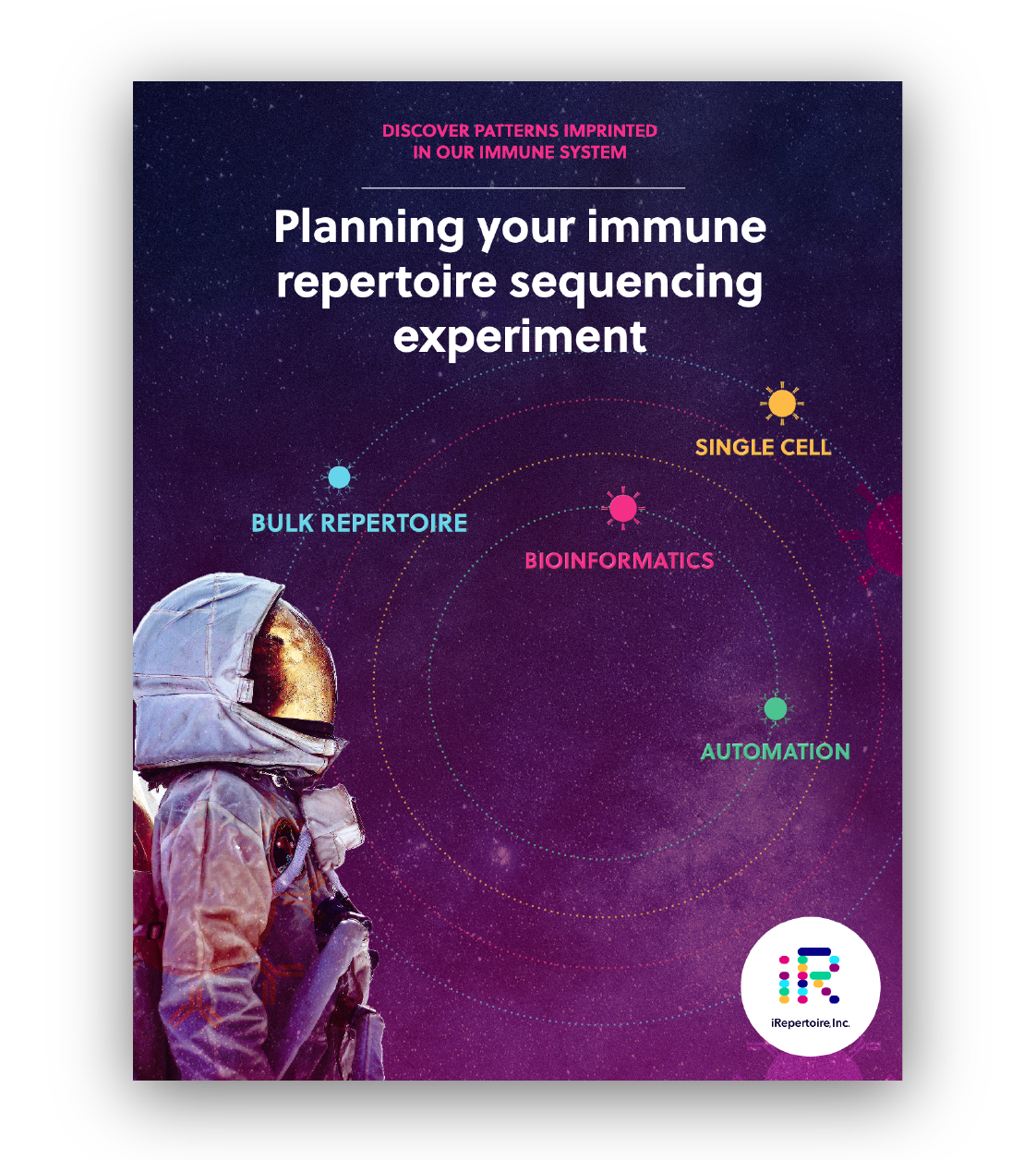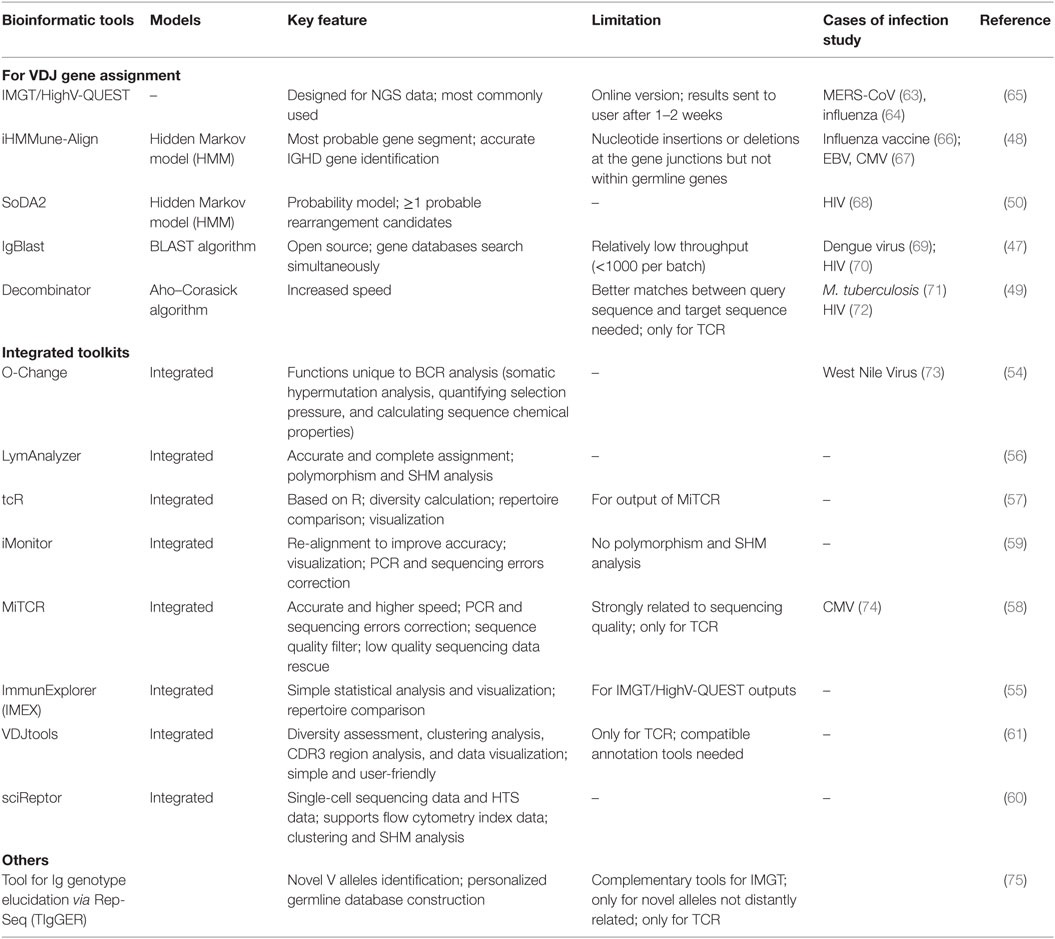

Finally, we suggest that with the development of high-throughput sequencing, common TCR ‘signatures’ raised against specific antigens could provide important diagnostic biomarkers and surrogate predictors of disease onset, progression and outcome. We also outline the various molecular mechanisms that govern the composition of the pre-selection, naive and antigen-specific TCR repertoires. Here, we summarize the current knowledge on the formation of the TCR repertoire and its maintenance in health and disease. However, a number of immune responses are associated with the selection of predictable, narrow, or skewed repertoires and public TCR chains. It is widely assumed that TCR diversity is required, or at least highly desirable, to provide sufficient immune coverage.

Interaction between peptide-MHC (pMHC) and the T cell receptor (TCR) is central to both thymic selection and peripheral antigen recognition. It has been known for several decades that T lymphocytes recognize short peptides derived from degraded proteins presented by major histocompatibility complex (MHC) molecules at the cell surface. T and B lymphocytes are indeed truly unique in their ability to generate receptors capable of recognizing virtually any pathogen. 2015 4(4) doi: 10.1080/ diversity of antigen receptors and the specificity it underlies are the hallmarks of the cellular arm of the adaptive immune system. Diversity index of mucosal resident T lymphocyte repertoire predicts clinical prognosis in gastric cancer. Prognostic B-cell signatures using mRNA-seq in patients with subtype-specific breast and ovarian cancer. High-throughput sequencing of islet-infiltrating memory CD4+ T cells reveals a similar pattern of TCR Vbeta usage in prediabetic and diabetic NOD mice. Potential of a unique antibody gene signature to predict conversion to clinically definite multiple sclerosis.

Analysis of the interindividual conservation of T cell receptor alpha- and beta-chain variable regions gene in the peripheral blood of patients with systemic lupus erythematosus. Additionally, this method points to a diagnostic biochemical motif in the antibodies of RRMS patients, which may offer insight into the disease process.Īntibody CDR3 Immune repertoire Machine learning Multiple sclerosis Statistical classifier. This method produced a repertoire-based statistical classifier for diagnosing RRMS that provides a high degree of diagnostic capability, rivaling the accuracy of diagnosis by a clinical expert. Our method is the first to apply statistical learning to immune repertoires to aid disease diagnosis, learning repertoire-level labels from the set of individual immune repertoire sequences. The resulting statistical classifier assigns patients to one of two diagnosis categories, RRMS or other neurological disease, with 87% accuracy by leave-one-out cross-validation on training data (N = 23) and 72% accuracy on unused data from a separate study (N = 102). We use the biochemical features encoded by the complementarity determining region 3 of each B cell receptor heavy chain in every patient repertoire as input to a detector function, which is fit to give the correct diagnosis for each patient using maximum likelihood optimization methods. We applied our method to RRMS, an autoimmune disease that is notoriously difficult to diagnose. We have developed a novel method that addresses this limitation by using innovative approaches for accommodating the extraordinary sequence diversity of immune receptors and widely used machine learning approaches. However, prior methods to date have been limited to focusing on repertoire-level summary statistics, ignoring the vast amounts of information in the millions of individual immune receptors comprising a repertoire. In our own prior work, we have shown that six codons in VH4-containing genes in B cells from the cerebrospinal fluid of patients with relapsing remitting multiple sclerosis (RRMS) have higher replacement mutation frequencies than observed in healthy controls or patients with other neurological diseases. Indeed, recent studies support the feasibility of this, demonstrating an association between repertoire-level summary statistics (e.g., diversity) and patient outcomes for several diseases. This opens the door for novel approaches to diagnose and prognosticate diseases with a driving immune component by identifying repertoire sequence patterns associated with clinical phenotypes. Deep sequencing of lymphocyte receptor repertoires has made it possible to comprehensively profile the clonal composition of lymphocyte populations.


 0 kommentar(er)
0 kommentar(er)
